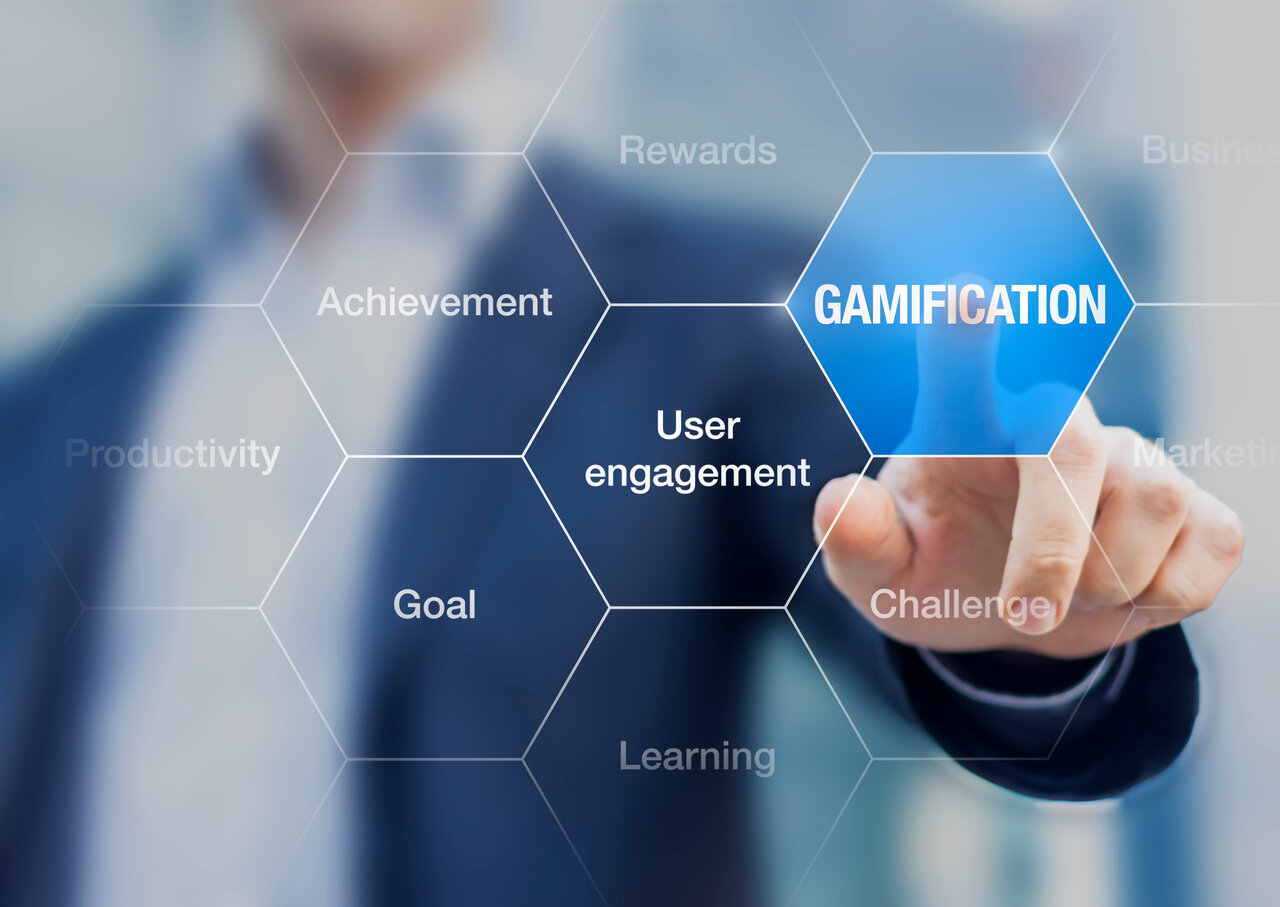By Joel Nelson on July 31, 2024 in Technology
Engaging employees and boosting their performance can be challenging, especially with a busy and dispersed workforce. Traditional training methods often fail to keep employees motivated and interested but gamification can increase employee engagement by over 48 percent, according to some reports. That’s why property management companies are turning to the gamification tools in Yardi Aspire to enhance engagement, focus and motivation.

Gamification, which uses game-like elements such as points, badges and leaderboards, makes work and learning more interesting and rewarding, offering immediate feedback and reinforcement. This modern approach not only increases participation but also fosters a culture of continuous improvement and enthusiasm in the workplace.
The Benefits of Gamification
A recent roundtable hosted by Yardi Aspire, led by Per Hoel, a senior instructional content designer, and RJ Bisquera, a technical account manager, highlighted the benefits and best practices of gamification. “Gamification provides diverse benefits, from achieving company-wide objectives and enhancing individual performance on specific tasks to increasing engagement in training courses,” shares RG Bisquera.
Company-Wide Benefits
Gamification can significantly boost job performance across an organization. It makes work purposeful and fun, motivating employees to strive for success. By introducing game-like elements and personalized feedback, companies can foster healthy competition to encourage teams and individuals to set higher goals and achieve more. Gamification aligns employees with meaningful goals, KPI targets and desired professional behaviors, providing timely recognition for their achievements.
Learning Management System (LMS) Environment
In LMS, gamification applies game design principles, like achievement badges and point rewards, to promote development of desired skills and make learning more engaging. These elements spark interest, making assignments like compliance training and policy updates more exciting and memorable. Gamified learning environments foster a sense of achievement and autonomy, motivating employees to exceed their learning goals.
Aspire LMS offers animated badges that recognize positive learning behaviors like taking notes and participating in class discussions. Companies can create custom badges and point rewards to recognize assignment or task completion. Trainers and supervisors can also manually provide points for additional recognition and rewards.
Learning Games
Aspire’s engagement engine authoring toolkit enables development of point-based games, simulations, decision-trees, stretch exercises and other exploratory learning content. The interactive nature of gamified training deepens the learning experience, encouraging employees to practice new skills and decision-making in real-world scenarios and simulations.
“These methods help learners apply their knowledge while making training fun and engaging,” Hoel says. “Gamification makes learning enjoyable while preparing learners for real-world success.”
The Aspire catalog contains a variety of gamified courses. Look for the Advanced Interactions filter to find courses that are ready for assignment.
How to Create Gamification in Your Company
- Identify goals: Determine what you want to achieve and work backwards to identify the steps (courses or tasks) required to achieve these goals. Be sure these SMART goals are aligned with business objectives and learning needs.
- Define desired behaviors and appropriate rewards: Specify the tasks or training that need to be completed and what rewards will be offered for successful completion.
- Design the experience: Create a gamified experience that works within the team’s workflow. Consider supervisor participation, what device they will use, desired time spent learning, and how you can ensure adoption once you create it.
- Ensure messaging is clear: Add engaging instructions, audio and other methods that clarify the goal and rules. Make sure your employees understand the purpose and goals of the assignment.
- Make sure it is fun: Use engaging narratives and themes, incorporate learner input throughout the project and test the finished product carefully before launching it.
- Involve supervisors and mentors: Engage supervisors and mentors in the gamification process, allowing them to add bonus points and review progress along the way.
- Track and reward: Monitor achievements and provide public recognition and rewards.
When done right, gamification can boost engagement, improve performance and foster a motivated and enthusiastic workforce.
Why Gamify Training in Aspire?
Training leaders can easily gamify their programs by customizing Aspire’s animated badges to target specific training goals, with links to self-enroll in the required training. Points and badges are tied to an interactive leaderboard, allowing employees to evaluate their performance against peers. These tools incentivize training, promote positive learning behaviors, boost retention and cultivate a strong learning community.
Companies can offer both extrinsic rewards, like gift cards and time off, and intrinsic rewards, like public recognition and badges. Aspire’s embedded authoring tools allow companies to create a centralized point rewards store, where employees can redeem prizes.
“Gamification transforms traditional work and learning into an engaging and rewarding experience, driving employee motivation, performance and a culture of continuous improvement.” adds Patty Evans, industry principal for Aspire.
Learn more about how Aspire can help your team excel in real estate property and investment management.


